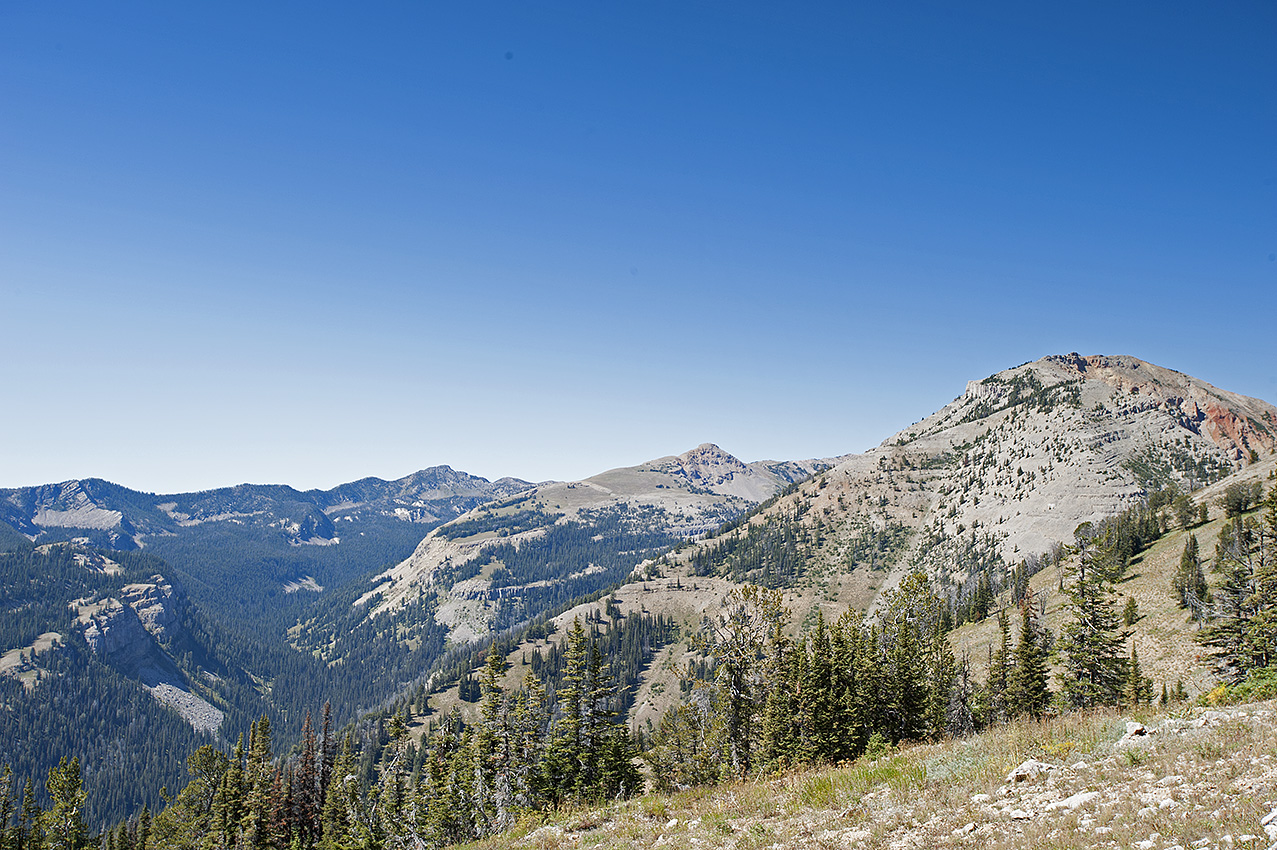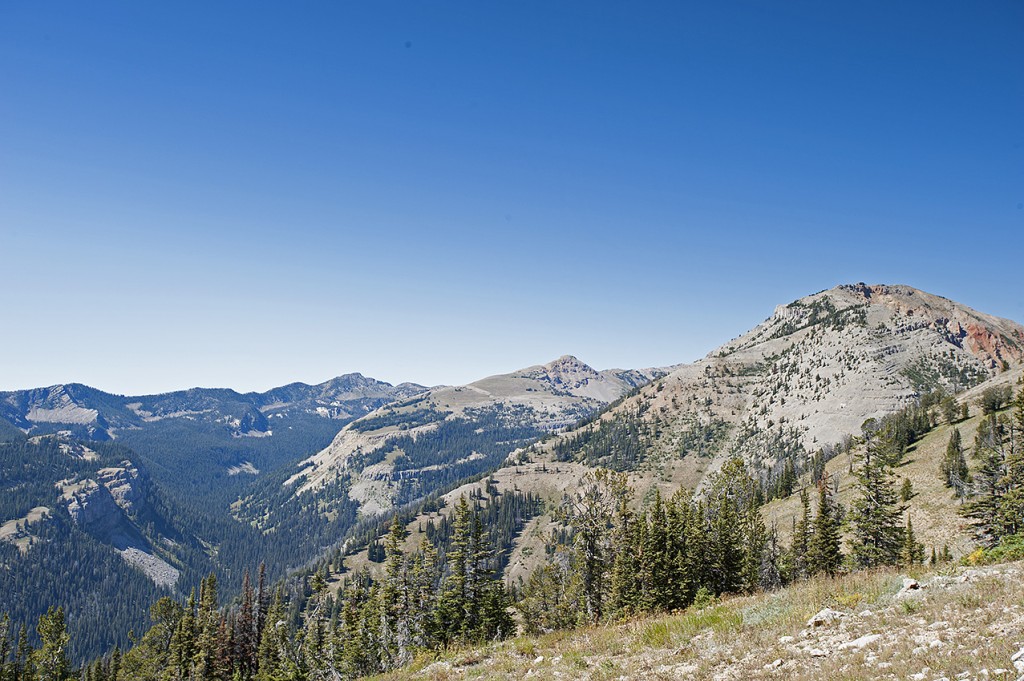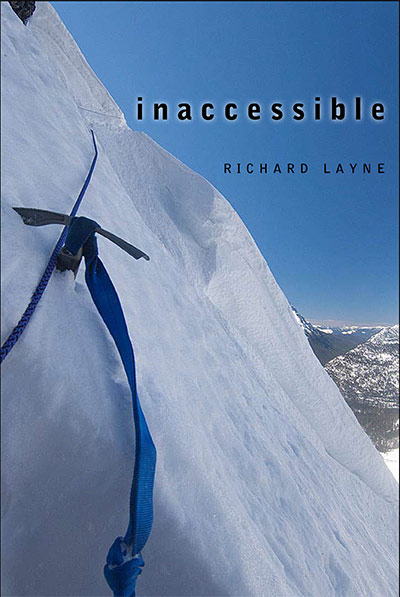

After the haphazard trips along Montana and Idaho’s portion of the Continental Divide during the winter of 2014, I was uncertain of being able to continue them in the upcoming winters, or for that matter, any backcountry trips, regardless of the season. There was the illness in the beginning of February that some in the medical field thought was high-altitude sickness, which was a mimic of carbon monoxide poisoning, a potentially deadly condition that occurred in my tent. Throughout the recently passed summer, I was at high altitude numerous times with no negative effect. Then with the continuation of the trips in March, there was the increasing pain in the left knee, which brought me to a halt by the end of the third day. There was also the old nonstop pain that at the time, and for the last several years, I erroneously thought was the sciatic nerve in the small of my back. Finally, there was my increasing doubts of being able to do any kind of winter trip at my age, 62 years at the time.
Within days of my return from the final trip near the end of March, I began to prepare for the following winter. I exercised and climbed diligently, but seemingly for naught. By June 1, I was convinced all my efforts were having no effect on my back. At my wife’s persistent suggestion, I finally sought medical help.
The doctor ran me through several physical tests. It only took a few minutes for him to conclude that I do not have a sciatic nerve problem. Instead, the MRI and x-ray he ordered confirmed that I have arthritis in my lower back, a deteriorating condition, only slowed, never stopped, or reversed. While I refused his recommended cortisone steroid injections and painkilling drugs, I went with the doctor’s additional recommendation of physical therapy.
Since the middle of June, I have been seeing two different types of physical therapists. The first is involved in a holistic method known as structural integration or Rolfing. The second therapist is instructing me in stretching and strengthening exercises such as the “plank”, designed to cause much pain in my elbows, shoulders, and deep down inside the small of my back, three times a day.
In addition, a yoga therapist gave me exercises that addressed those same muscles in the small of my back that extend into my hips. It was her recommendation on the proper positioning of the spine that eventually made it possible for me to walk with a load, even on a rough and rock-strewn trail. This last development took place a mere month ago during the first week of August in the southern Bitterroot Range, near Montana’s Big Hole Valley. At the time, my morale was probably at its lowest. I was all but certain that my days of carrying a load were over. Yesterday, exactly one month later, I traveled several miles and ascended/descended 1500 feet with a 60-pound load. The manageable pain was intermittent and only occurred when I ceased paying attention to my posture as I stood or walked. I am now convinced that it can only get better from here.
To make the trip more possible for a person of my age, or really, any age, without sacrificing safety I have streamlined my load and the resupplies along the route. In a one-time occurrence, the largest load will weigh 94 pounds. That will occur about 400 miles into the trip in the Anaconda-Pintler Wilderness, between Johnson Lake and Queener Basin. And like all the loads, this weight will drop by approximately 5 pounds per day.
Now in the beginning days of September 2014, I am firmly resolved to continue the trips no later than February 1, 2015. Nor does this announcement come lightly, or should I say haphazardly? Although I have no doubt some would like to argue with me about the real meaning of that word.

